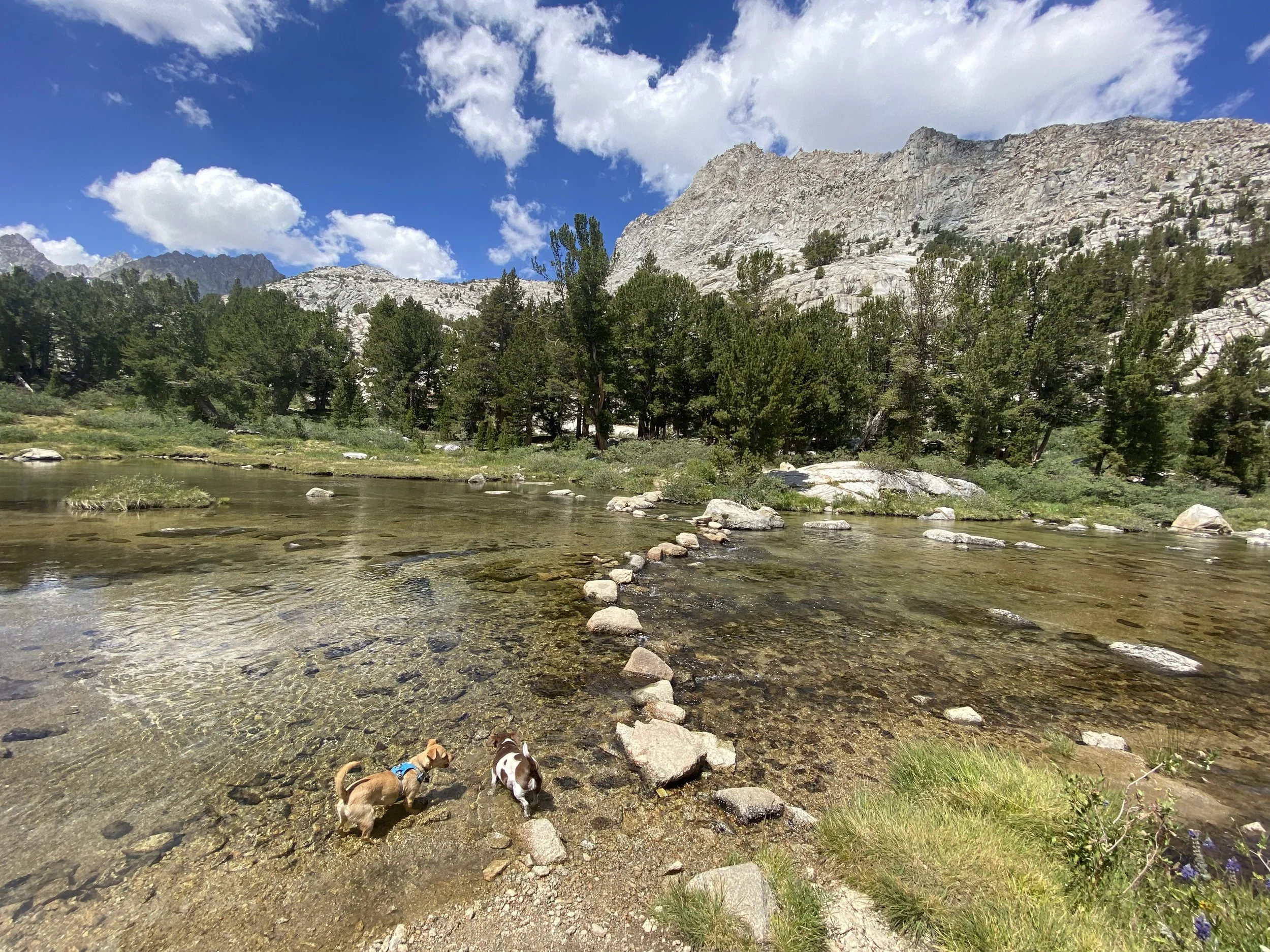I posted a couple of my recent tips and tricks for my food on trail on my Instagram stories, and quite a few people responded, “Kristen can you write about this on your blog?”
Although I have written a blog post about trail food and dehydrating my own backcountry meals, I figured I would share the latest updates and gold nuggets I learned over the past year or so.
Here is the link to my previous post on making my own dehydrated meals
How do you know how many calories you are consuming in your homemade dehydrated meals?
You can also look at serving sizes on the box for each ingredient or use Google.
How many calories should I be consuming on trail each day?
Many ultralight backpackers aim for about 1½ to 2 lbs. of food (or 2,500 to 4,500 calories) per person per day, depending on many factors such as their size, weight, intensity of exercise, exertion level or how many days they’ll be out.
How much does each dinner weigh in dehydrated weight?
It is recommended that a 100-gram meal is usually sufficiently filling for an average hiker, and 150 g is satisfying for a large or very hungry hiker. I chose to measure my portion sizes at 150 g because I plan to do big miles every day, and I wanted the calories. Aim for a ratio of ⅓ protein, ⅓ starch, and ⅓ sauce/vegetables, etc., for about 100-150 grams.
How many calories does a cup of cooked lentils have?
250 calories
1 cup of cooked lentils provides 250 calories and 18 grams of protein, as well as it is an excellent source of folate, iron, potassium, phosphorus, fiber, and a good source of magnesium
How many calories does a cup of cooked black beans have?
227 calories
One cup (172 grams) of cooked black beans contains ( 23 ): Calories:227. Protein: 15.2 grams. Fat: 0.929 gram.
Preparing, cooking, and dehydrating my protein
I soak my lentils and black beans in water for a few hours. When they are soft, I add olive oil or lard to a pot and saute garlic, onions, jalapeno, and a bay leaf; then add the beans and lentils and enough water so that the beans and lentils are covered and bring to a boil. For seasoning, I add chicken stock, salt, and pepper. I then spread the beans on lentils on parchment paper on an oven tray and put my oven on “dehydrate” for about 12-15 hours. I make enough beans and lentils to last me at least 25 nights on trail.
Trail veggies
How many calories are in a cup of cooked vegetables?
There are 150 calories in 1 cup of cooked vegetables.
I used to cook, season, and dehydrate my veggies, but I found a little gold nugget on the internet called Harmony House. I purchased a huge variety of mixed veggies for the price it would be to purchase fresh veggies from the market, and it has saved me days of cooking, prepping, and dehydrating.
My favorite foods to eat on trail
Breakfast:
Instant Idahoan mashed potatoes with dehydrated bacon bits. I add salt, pepper, and chicken stock for flavor and maybe even a hot sauce packet.
Oatmeal with dried fruit
Coffee and tea
Dinners:
Dehydrated lentils and black beans
Harmony dehydrated veggies
Instant minute rice
Instant ramen
I combine the above in different combinations with certain seasonings such as powdered chicken stock, Thai coconut curry, Indian curry, salt, pepper, and packets of either olive oil, soy sauce, or hot sauce.
Burritos: Dehydrated beans and rice on a tortilla
Snacks/lunch
Turkey jerky
Olives
Candy
Chocolate
Tuna packets
Tortillas and peanut butter
Tortillas and tuna and olive oil
Dehydrated hummus and tortillas
Electrolytes
Powdered lemonade or emergenC to mix with or without vodka
Instant soup mixes
*If I do prepackaged dehydrated meals I choose Backpackers Pantry or Good to Go
Instead of dividing each meal into a separate bag, I choose to pack my food in bulk as this creates way less trash, and it allows me to be “creative” on trail and allow myself to eat based on my cravings for the night. I use one freezer bag for my protein (black beans and lentils), one freezer bag for my dehydrated veggies, one freezer bag for my instant rice, one for my breakfast of potatoes and bacon bits, and one for my instant noodles.
The infamous ‘silicone cook bag”
At each meal, I mix protein, veggies, and carbs into my “oven bag,” add my desired seasonings and add boiling water. My “oven” bag is a reusable sealable silicone bag.
In terms of the empty freezer bags, I often re-use them when I get home for future trips.
Links to all my gold nuggets
Bentoryte silicone bags: I know I mentioned this before, but the silicone bags work wonders in the backcountry. I bring one for my long trips and re-use it to cook in and sink to wash my face. It helps reduce waste and holds heat very well. If I choose to cook my meal in a freezer zip lock bag, I will place the zip lock bag into the silicone bag as an “oven” to prevent heat loss during the rehydrating process (which usually takes about 30 minutes).
Silica gel dehumidifiers: these are reusable, and they prevent your food from going rancid
Nalgene travel kit: Nalgene not only makes excellent reusable water bottles, but they also make the best travel-sized containers. They never leak and are heavy-duty but still lightweight. I will be using these for olive oil, toothpaste, face wash, sunscreen, laundry soap, and peanut butter for this trip.
Kuju Pour-over coffee
Alpine start Instant coffee
Thanks for reading, and hope you find a great adventure!
Xx
Kristen
















